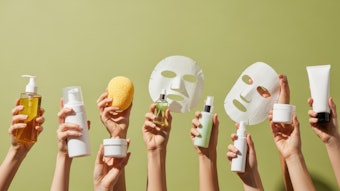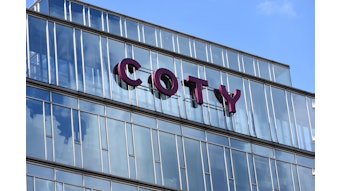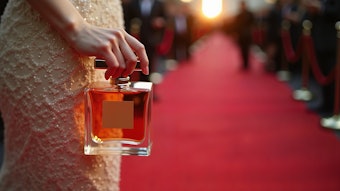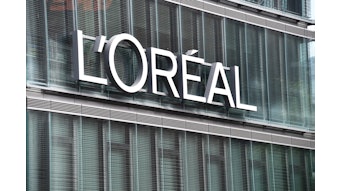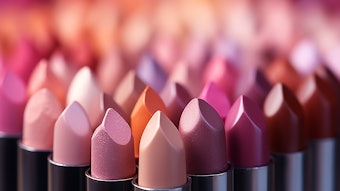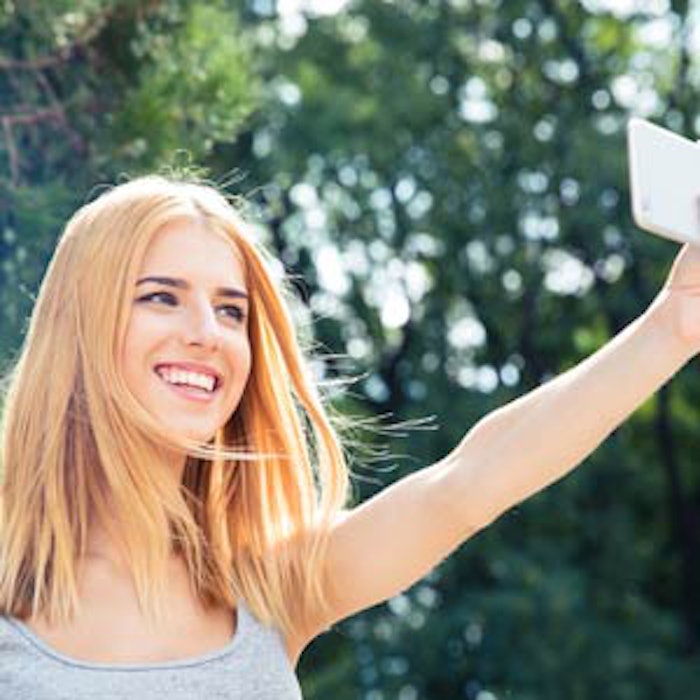
Consumers have long been vocal about their aversion toward ads; ads interrupt programs, push products that are potentially not of interest and are, in general, a nuisance. However, consumers do appreciate some aspects of advertising—ads are sometimes entertaining and occasionally provide information about products and services relevant to future purchase decisions.
Further reading: Millennials and Brands
Recently, advancements in media and technology have provided advertisers with a multitude of new ways to target and connect with potential customers. One of the most significant changes involves increasingly precise methods for targeting ads to the appropriate consumer. Via “programmatic” buying, advertisers who once developed a single commercial intended to appeal to everyone can now run multiple ads, each addressing a specific type of consumer—as defined by demographics, lifestyle or past purchase behavior.
Tailoring Messages for Millennials
Personalized advertising is highly appealing to that sought after consumer segment, millennials. Messaging tailored to the individual consumer is something millennials embrace, since they are a generation of consumers who were raised to believe that they are unique and special, unlike anyone else. Millennials spend nearly 18 hours a day interacting with different types of media and on multiple devices, according to a recent study by Crowdtap, a social-influence platform.
In the beauty industry, L’Oreal has been a leader in developing millennial targeted marketing programs that take full advantage of online technologies and programmatic buying. The company’s reintroduction of the cosmetic brand Shu Uemura and the Karl Lagerfeld Shupette Collection in the U.S. and Canada over the 2014 holiday season proved how successful a highly customized and personalized campaign can be.
In this campaign, individual consumers in different stages of the purchase funnel were presented with different types of online ads. For example, one woman might be invited to enter a contest in which she could win the entire Shupette collection, while another woman would see an ad that featured a specific product that she was invited to buy. The outcome was tremendous, delivering twice the level of forecasted sales and producing a 22:1 return on the advertising investment.
Under the leadership of Chief Digital Officer, Lubomira Rochet, L’Oreal has also developed tactics that encourage a high level of personal consumer engagement. The L’Oreal Paris’ Makeup Genius app is one example. The app allows women to try on makeup virtually (while seeing their own reflection in real-time), which “follows” the consumer’s face as she moves and makes expressions. The app then allows purchase of the products that appeal most to that individual. To date, this app has more than seven million downloads.
Privacy Not an Issue
Unlike the gen Xers and boomers before them, millennials have few qualms about their privacy being invaded by advertisers who might be snooping around in the behavioral clues that they leave behind as they navigate the online and mobile worlds. It’s all very normal for millennials—having at an early age experienced suggestions from online retailers and entertainment providers that catered to their tastes.
In fact, for many millennial women, the benefits of advertisers knowing their personal preferences and providing suggestions on that basis far outweigh any privacy concerns. According to a spring 2015 Gallup poll, millennials are more likely than any other generation to believe that their data is being kept safe and private by businesses.
Because of this relative lack of concern for privacy and based on the potential benefits, millions of millennials voluntarily provide advertisers with access to their physical locations via mobile phone technology. Using this information, combined with known prior purchasing behavior, advertisers ranging from mass retailers like Target to a local restaurant can provide in-the-moment information, offers and coupons.
Beauty brands have utilized these tactics and strategies with great success. A 2014 study found that location-based awareness campaigns for beauty items drove 150%-plus increase in foot traffic compared with non-location-aware digital ads.
Going Native
Millennials also tend to be less offended by native advertising compared to older consumers. Years ago, when editorial content was non-sponsored and ads were clearly ads, consumers felt tricked when brands slipped messaging into magazine articles or TV shows. The highly popular website BuzzFeed, which offers news and entertainment mixed with brand information, has been a key driver in tearing down the wall between editorial content and brand advertising. In fact, BuzzFeed is built off of advertiser-supported content with a stated goal of making the brand a part of the editorial content and consumer conversation.
In the beauty arena, millennials embrace lists of the ‘best’ brands to address a particular beauty concern and lists that suggest what products will make great gifts. In a 2015 Reuters survey, many millennials said that they feel more positively about brands that use native advertising than brands that don’t.
For the millennial woman, the reputation of the publisher or entertainment outlet can cast a halo onto a brand, serving to elevate the image of the brand. Of course, this benefit-by-association value only builds the brand when the fit between brand and editorial is solid. As such, advertisers who make native advertising a strong part of their marketing mix must be careful not to dilute the brand image by associating with the wrong partners.
Reach, Engage, Persuade
The challenges presented to today’s marketers by the ever changing world of advertising are significant. Marketers must wrestle with topics that include developing the algorithms that enable strong programmatic and location-based buying as well as management of brands so that the brand image doesn’t become diminished due to non-strategic native advertising. This is compounded further by the increased time and attention that is required by the marketers who are handling this increasingly complex set of tasks.
However, given the great fit between millennials and these new marketing tactics—and consumers’ propensity to reward the brands that utilize them—the opportunities are strong for advertisers to embrace new marketing to reach, engage and persuade this important group of beauty product consumers.
Jeri Smith is President/CEO of Communicus, a research-based advertising consultancy that specializes in isolating the impact of advertising and integrated communications campaigns on brands. Smith has focused her career on helping clients more intimately understand how their advertising is working, having spent over 20 years at Communicus and another 15 years at DDB, leading Consumer Research, Planning and Marketing Information Services units.


